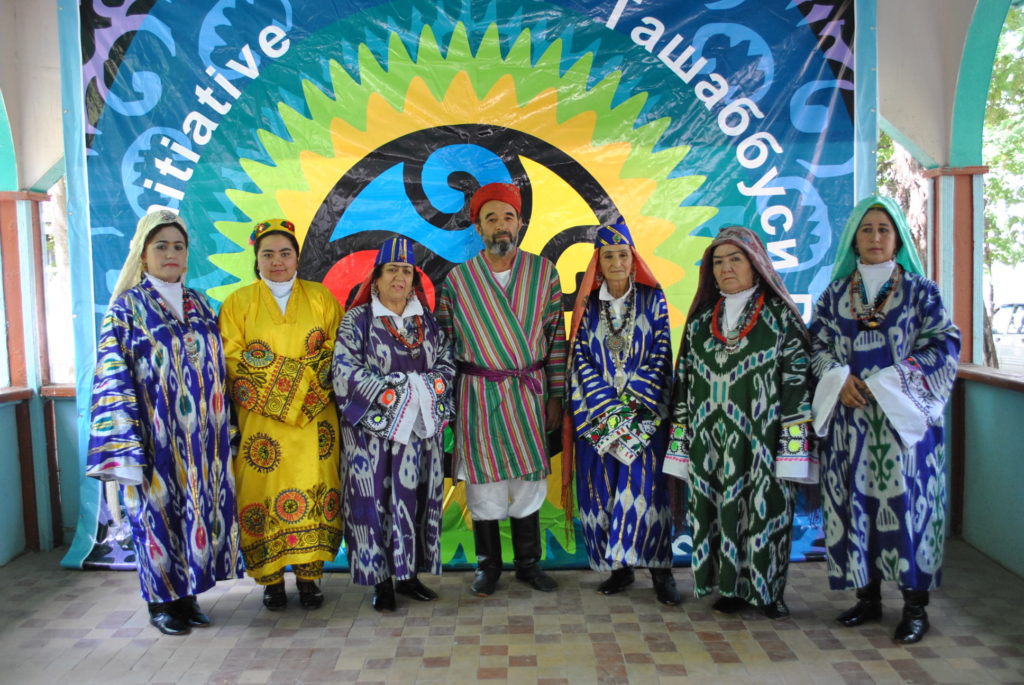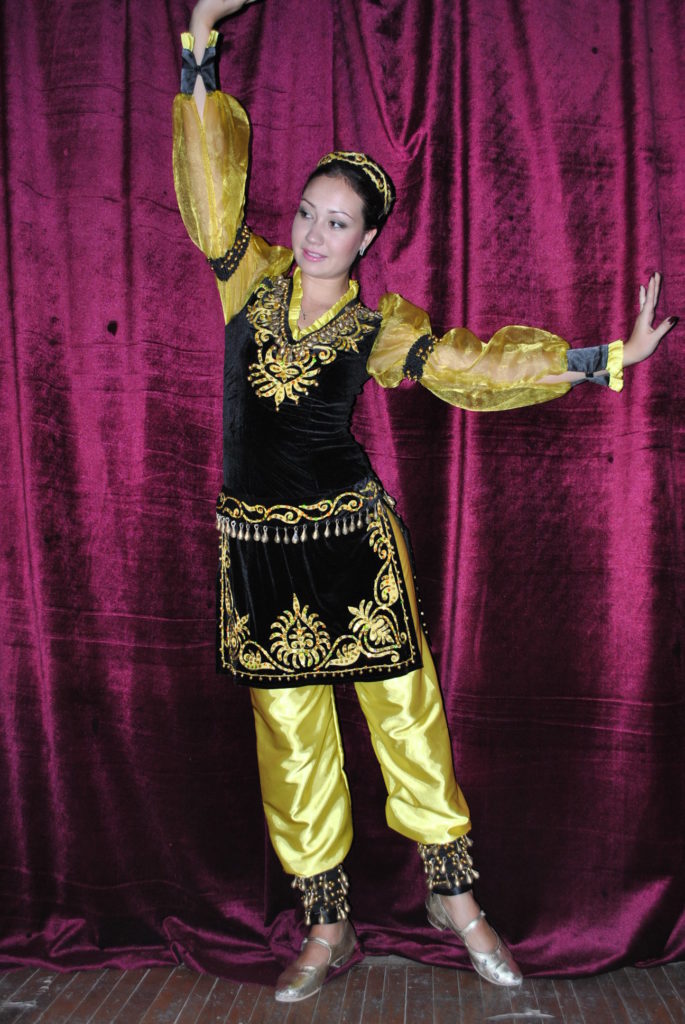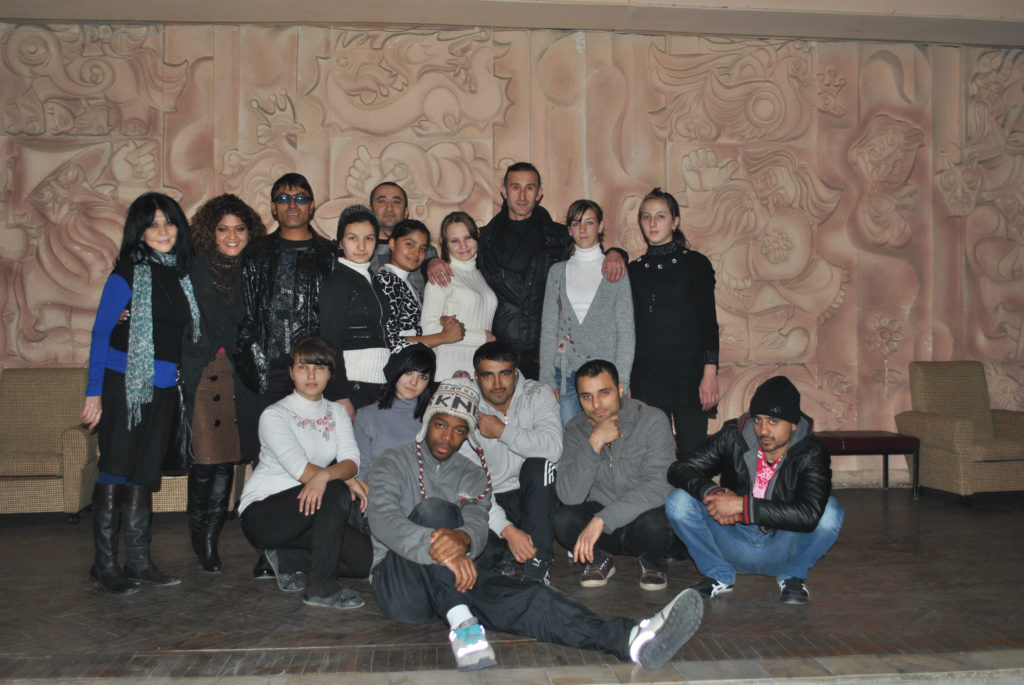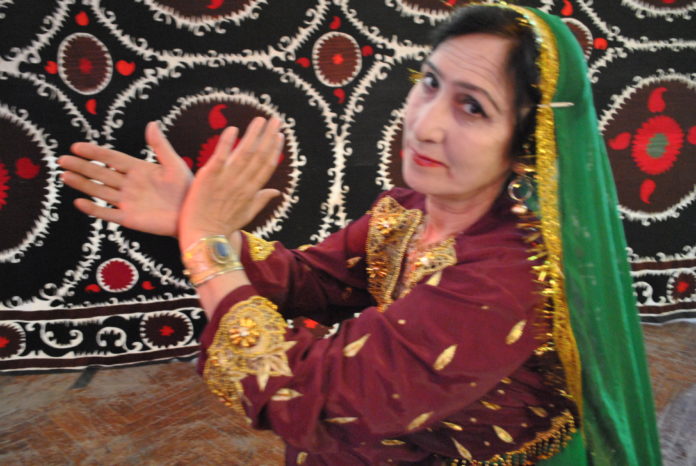Jamilya Akhunova was an energetic choreographer
My acquaintance with Jamila Akhunova 15 happened during the years of my leadership of the public organization "Tashabbusi Raksi Tojik" (2008-2011), which contributed to the study of the Tajik dance heritage, testifying to the differences between staged and traditional choreography. In 2020, she would have turned 74 years old, but she did not even live to see her 70th birthday.

Jamilya Akhunova (1946-2015), a choreographer was one of the most significant figures in the sky of the country’s dance art. Thanks to her teaching abilities, the dance movements of almost all significant ensembles in the country were polished, such as the ensembles Zebo, Lola and Gulrez.
Almost every dance of these ensembles contains the work of this passionate tireless choreographer.Her fate was surprisingly linked with Tajikistan. Being from Uzbekistan, she was a classmate of the legendary Tajik choreographer Zebo Aminzade (years of study 1961-1965) at the Tashkent Choreographic School 16 .She had a family, husband and son, whom she lost during her lifetime.
Shortly before the collapse of the Soviet Union, she moved to the Republic of Tajikistan from Karakalpakistan (autonomous part of Uzbekistan) swoping her apartment there to Dushanbe, hoping to exchange it further for an apartment in Tashkent. As she herself told me, there were no offers to exchange an apartment in Nukus for Tashkent, it was almost impossible, but on the other hand,there could be options for Dushanbe for Tashkent. Then Mualima Akhunova risked exchanging her property in Nukus for an identical one in Dushanbe, and began to look for options for an exchange with Tashkent, and at that time she began working in the Tajik Philharmonic. However, Akhunova was never able to exchange her property in Dushanbe for Tashkent, and settled down here for many years until her death in 2015. She steadfastly survived the civil war (1992-1997) as thousands of Tajiks, and continued her work, like many of her colleagues in the industry. She led the children’s dance group Parvoz 17 (1986-1993) and managed to travel with the ensemble on tour abroad and received awards for excellent performances.

Her teaching ability was outstanding. As the choreographer Musoev told me, “she had a power that all the choreographers of Tajikistan did not have together”. She was noticed by Zebo Aminzade and was invited as a choreographer to her group Zebo in 1984. As a ballet master, Jamilya Akhunova carefully polished every dance movement. Then, later, both in Lola and in Gulrez she would be invited for this purpose, to polish the dances, bring them to perfection. “Jamilya Akhunova was the strongest teacher, she could teach a person to dance in 3 months, she had her strong educational approaches. However, she was an authoritarian, not standing when the dancers argued with her,
was uncompromising. She wasn’t very good at making up dance movements, perhaps because of she was from a different culture, but she was a qualitive methodologist. At the end of the performances, usually officials from relevant state bodies came to estimate the staged dance program, but she often did not stand up to criticism, did not yield to officials who expressed critical remarks, and therefore very often she was fired from her job, asking to leave the team and reassign other choreographers to her place. Therefore, all the laurels of the productions went to those choreographers newly appointed in her place. But everyone always knew whose work that was” the
choreographers told me, with whom I met, talking about her.

She was short, even small, but surprisingly mobile and extremely outspoken. She was not imposingor striking person. She dressed quite plain. Perhaps she didn’t have enough money to buy good clothes. It seems to me that everyone was afraid of her, i.e. in Tajik culture, they do not say anything in face, and if they did, it meant they had a quarrel. She spoke everything into face, but it didn’t turn out to be malicious at all. And her colleagues always greeted her with joy at meetings as if nothing happened between.
In those years, I was thinking about theatrical performances with an intense involvement of choreographic elements. Therefore, I had to visit her house frequently. It was better for her to stay home rather than to go out riding public transport.
The fact was that misfortune befell her either before the collapse of the Soviet Union, or during the civil war: she had her house burned out. She lost her husband then. I was coming to her half-burnt apartment, unkempt, uncomfortable, but not noticing these exterior defects. She was hospitable and received guests with cordiality, treating the food concoctions, which turned out to be quite tasty. I involved her more and more in my projects, only to keep her busy and turn her away from sad thoughts. She was out of business, but she thirsted for activities, to share her energy with students.
I remember that I somehow got to her during her viewing of a television concert program. She asked me to wait so that she watched up that program. She watched the official concert broadcasted on TV and commented on the dance numbers. I then realized how much she was passionate about the art of dancing. She respected the country’s leadership and highly appreciated the leadership’s knowledge of choreography. All official dance programs were subjected to high level government’s
estimation; without its approval none of dance programs could be broadcasted or issued on the stage. I didn’t argue with her, how could I? I didn’t know whether she was right or not, because I had never met people in reality who made decisions on the quality or content of dance program for a show at a high level.
In 2011-2015, my friend Emily Mahdavian 18 (the USA) produced a film of Tajik dancers, which I was engaged as a co-producer. The film premiered at the Lincoln Center in New York in 2016 19 . I took the opportunity to introduce Akhunova to Emelie, to portray her image in the film. Emelie recognised immediately choreographer’s obsession and love for her profession. In this film, Akhunova admirably tells about her student, who was lame, and that she did not notice this at first, until someone noticed this fact to her, although Akhunova had been working with a lame girl for a year. Akhunova testified to us an example of a student’s selfless work, and her passion for dancing, which the choreographer highly appreciated in people. She says in the film that “it is not the most capable or talented who linger in the art of dancing, but those who have been diligent and had a passion to excel in the arts to be remained in the arts”………to be continued.
Author:Lolisanam Ulugova (An independent researcher on Tajika arts and culture)






